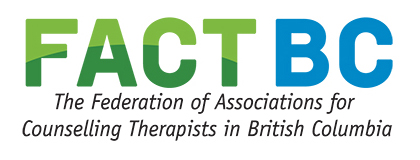On July 2, 2024, the BC Ministry of Health designated Psychotherapy as a health profession under the Health Professions Act. Follow our four-part series to learn more about the history and work of the psychotherapy profession.
Psychotherapy is grounded in personal interaction between therapists and clients, with a goal of improving wellness or mental health for individuals, relationships, families, or groups through inviting change in behaviour, beliefs, emotions and thoughts
History
Psychotherapy is a profession with roots in both medical traditions and in more humanistic and spiritual traditions (to be described in part 2). Arising from 19th century efforts to understand insanity, medical views often assumed that mental problems were the consequence of body-related issues in the individual, leading to a loss of rational functions. With progress in the application of the disease model (identifiable causes lead to specific symptoms, etc.), medicine increasingly focused on biological and chemical imbalances as the causes of mental illness such as melancholia or mania. It was in this context that shock therapy, insulin coma, and frontal lobotomy were historical tools of psychiatry.
This somatogenic (originating in the body) trend is exemplified today in the idea that depression arises primarily from imbalances in a person’s neurotransmitters and in the idea that technologically sophisticated images of brain activity show how thought happens.
Treatment approaches grounded in this tradition often rely on pharmacological agents (medications such as neuroleptics, anxiolytics, and stimulants) as well as on other interventions based on nervous system activity such as forms of feedback. There is usually little emphasis on attending to the client’s emotional experience.
